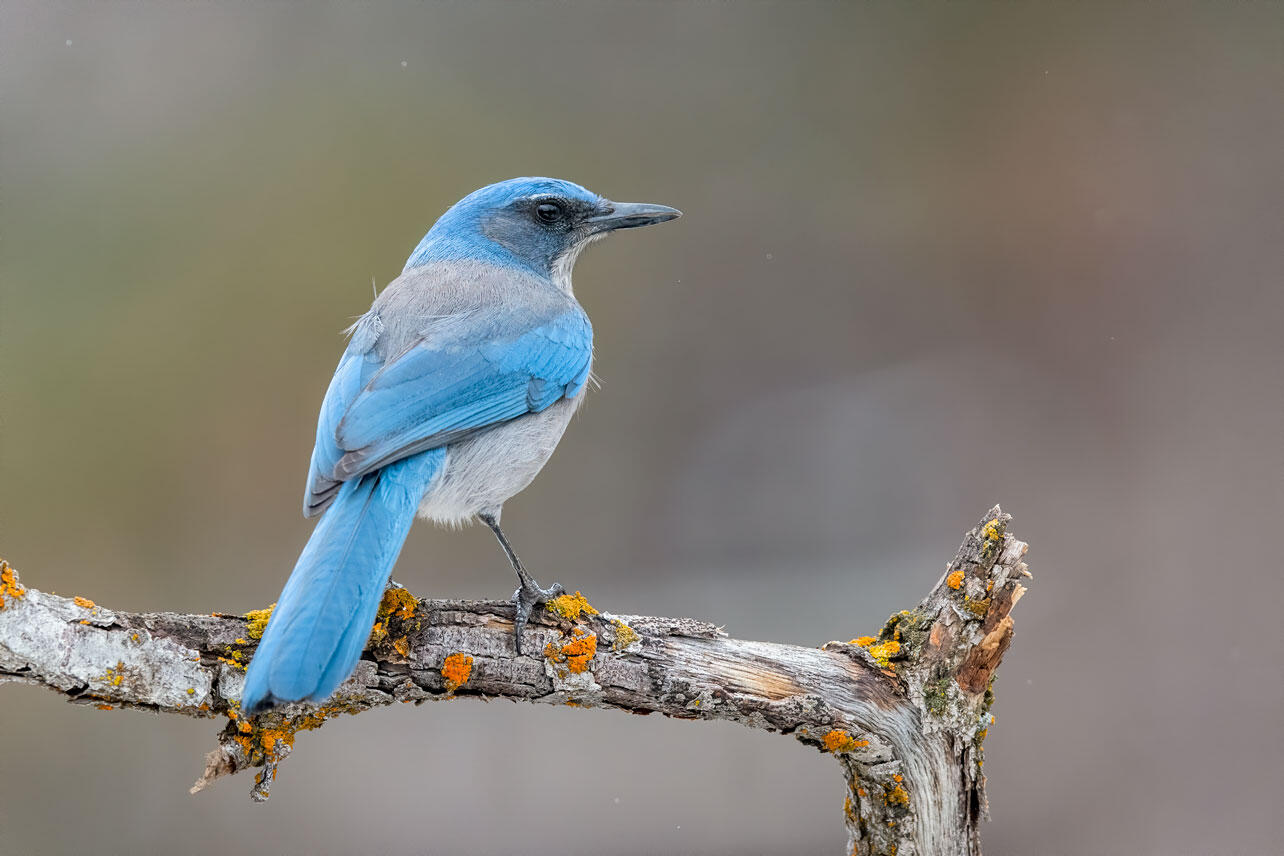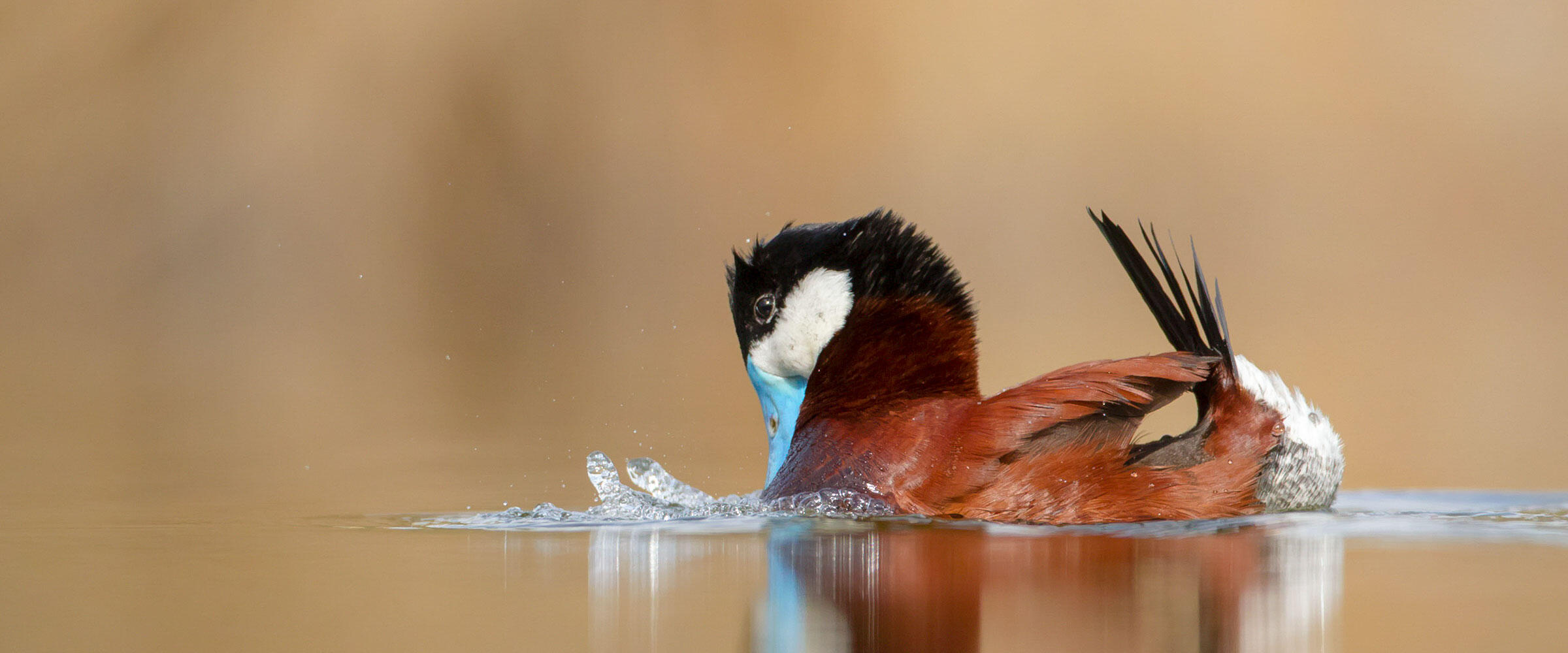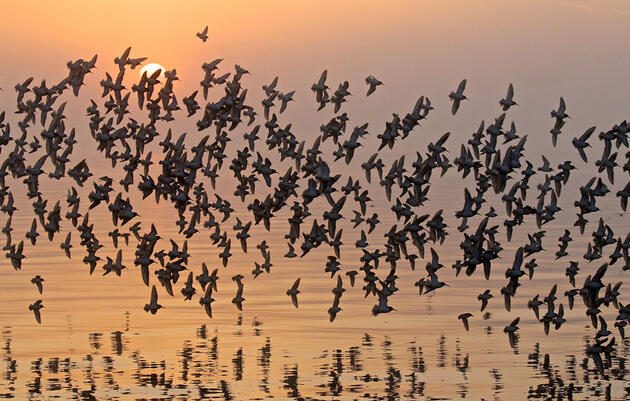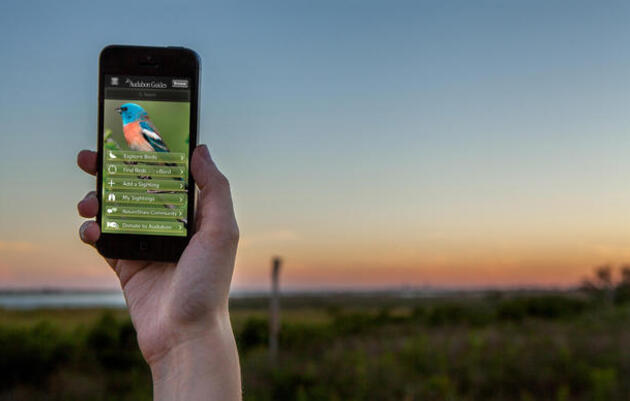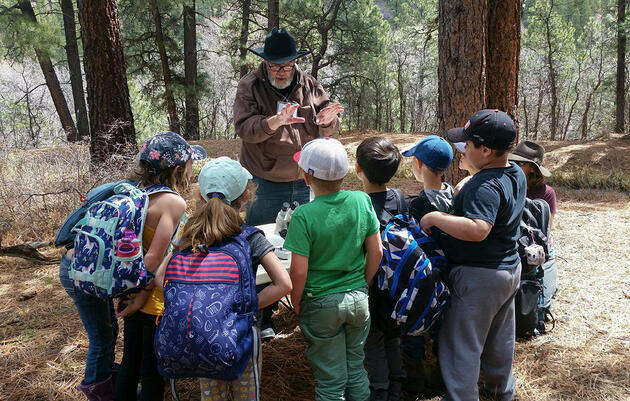In our corner of southwest Colorado, we love our resident birds; the jays, woodpeckers, nuthatches, juncos and even the crows and magpies who stick around in winter. But once the snow in town has melted, ice has left the lakes, and trees start leafing out, we await the arrival of the migratory birds who stay a few days or spend the summer. Some have traveled far, with miles yet to go to reach their breeding territories in northern regions, and we marvel at their journeys. Grab your binoculars and head on out to see what you may find at one of these local hotspots ideal for those new to the joys of birding.
San Juan Riverwalk
One of Pagosa’s best birding spots is located right in the center of town. The San Juan Riverwalk is a paved handicap accessible trail that follows the San Juan River and provides access to riverine, riparian, marsh, and shallow pond habitat. From Town Park to the Community Center is an easy ¾ mile walk.
Geothermal water flowing into the river and wetlands keeps this stretch ice-free and a haven for birds year-round. Colorful Mallards and Common Mergansers make their homes on the river and trail lines of young later in summer. Osprey and Bald Eagles regularly compete with fishermen for trout.
Shallow warm-water ponds in the conservation wetlands are places to find Blue-winged Teal in spring and fall. These ducks spend time here during both legs of their migration between breeding and wintering grounds. Various sandpipers, Wilson’s Snipe, and Killdeer forage along the shoreline.
With the patience of a Great Blue Heron, scan the edges of the dense wetland vegetation bordering the ponds. You may be rewarded with the appearance of a small Sora or Virginia Rail, both of which arrive in spring and stay into late autumn. Red-winged Blackbirds and Song Sparrows sing from the top of cattails.
To appreciate the magic of these wetland and riverside areas, take a tour with the trained naturalists of Pagosa Wetland Partners, affiliated with Weminuche Audubon Society. Information and tour schedules can be found at the Terry Hershey Memorial Garden, planted and maintained by the local Weminuche Audubon Society members and located near the geothermal domes on the Riverwalk.
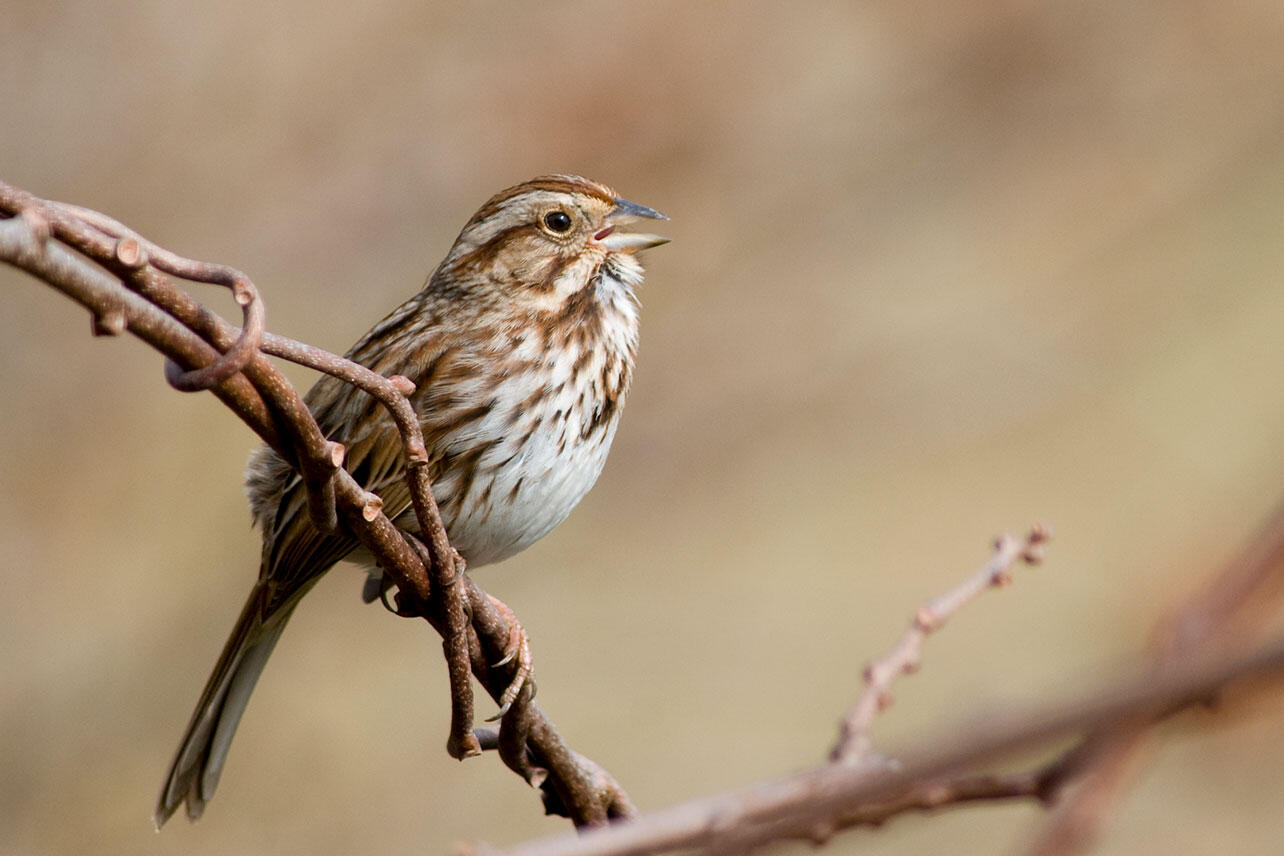
Echo Canyon Reservoir
Four miles south of town is Echo Canyon Reservoir, a small state wildlife area managed by Colorado Parks and Wildlife. A fishing or hunting license or a state wildlife area pass is required for everyone older than 16-years-old to visit. These can be purchased here.
A mile-long gravel road with pullouts circles the lake to the dam at the western end. Calls of male Red-winged and Yellow-headed blackbirds, who compete for territories and nest sites with displays and chasing, greet you from the cattail marsh at the beginning of the road. Dabbling waterfowl species, including colorful teal and mallards, forage in the shallow water. A watchful eye may catch the elusive Sora and Virginia Rail ducking in and out of the dense wetland vegetation.
A narrow spit that extends into the lake midway provides a place in spring for migratory shorebirds to rest and forage along the shoreline. Species that stop by to probe in the mud include Long-billed Dowitcher, American Avocet, White-faced Ibis, and Willet.
The deep-water areas of the lake support a wide array of waterfowl species. Those that commonly breed and raise young here include Ruddy Ducks, American Coots, and Pied-billed Grebes. As early as the end of May, grebe chicks are catching a ride across the water on their mothers’ backs.
This year an Osprey pair has taken up residence on the nest platform at the eastern end of the lake. Echo Lake is a popular spot for recreational fishing and both Bald Eagles and Osprey hunt here as well. To protect birds from becoming entangled, Weminuche Audubon Society installed and empties containers designed to collect used fishing line for recycling.
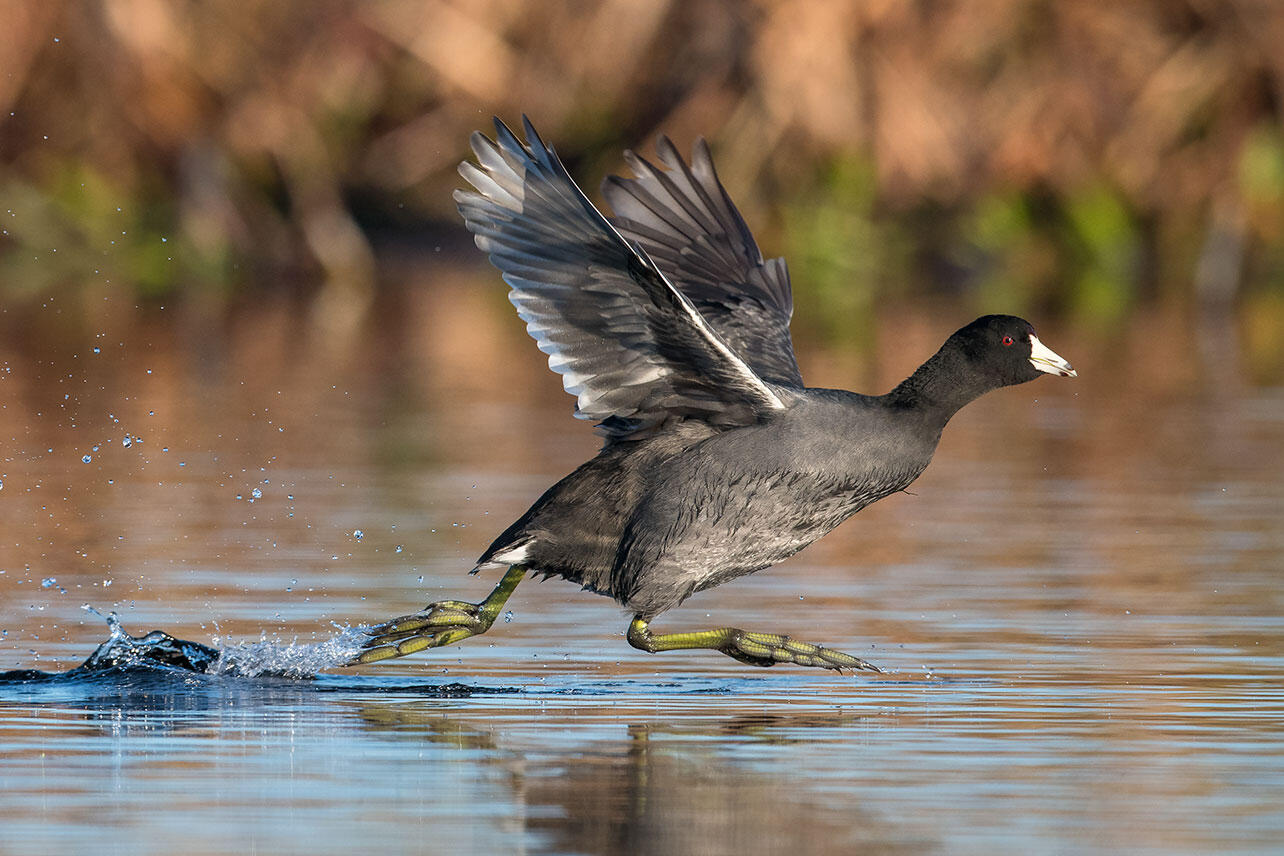
Lake Capote Recreation Area
Lake Capote Recreation Area, a 15-minute drive from the west side of Pagosa Springs, is owned by the Southern Ute Indian Tribe and managed by friendly staff who love birders. The area is currently open Thursday through Sunday. A $5/vehicle entrance fee is charged. With more than 125 species reported on eBird, you never know what you might spot here.
The best way to enjoy the birds on Lake Capote is to park your vehicle and walk the gravel road around the mile-long lake perimeter. Watch for shorebirds like the Snowy Egret and Spotted Sandpiper wading along the edges and at the shallow northern end, and view a variety of waterfowl on the lake. Catch the small male Ruddy Duck with his stiff tail pointed skyward, attracting the attention of a mate with rapid head-bouncing that slaps his bright blue bill against his chest.
A stream flowing along the eastern side provides habitat for sparrows and warblers in the willows. Cattails are nesting sites for Red-winged and Yellow-headed blackbirds and hiding spots for House Wrens and Yellow-breasted Chats, who will tease you with their calls.
Osprey regularly nest on the platform built for them and a webcam allows you to watch the nest online. This year a pair of Bald Eagles have taken over a heron nest in a tree right off the road.
After returning to your vehicle, a drive into the campground with clean restrooms takes you into ponderosa pine, oak, and shrub habitat. Take a picnic and enjoy the day.
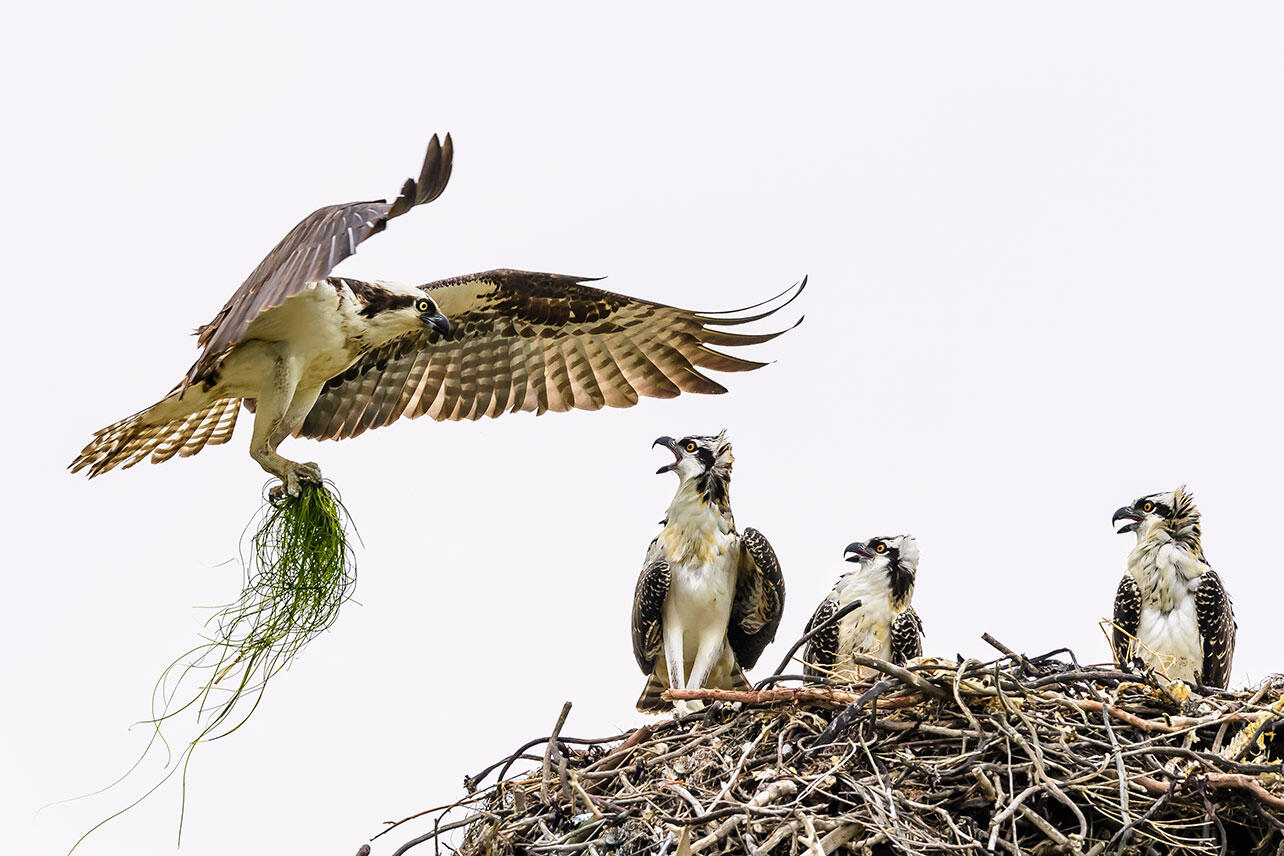
Chimney Rock National Monument
Birding at Chimney Rock National Monument will start out in dry sagebrush habitat and take you into a forest of ponderosa pine, juniper, and oak brush. While walking the gravel road from the entrance gate, watch for birds that feed on the ground or in low shrubs. Several sparrow species, including the colorful Green-tailed Towhee, scratch the ground for seeds or perch in the open, singing to attract a mate. Both Western and Mountain bluebirds favor this open space.
You can explore this habitat further by driving beyond the new visitor center to the small cabin on the left side of the road. Dirt trails behind lead into the juniper and oak stands favored by the tiny, active Blue-gray Gnatcatcher, Woodhouse’s Scrub-Jay, Townsend’s Solitaire and the ever-entertaining Northern Mockingbird.
Circling back to the road will take you through stands of ponderosa pine and have you craning your neck to spot the colorful warblers and tiny Plumbeous Vireos who sing from the high branches. Nuthatches and woodpeckers are year-round residents here.
By 1975, when the use of DDT had caused alarming declines in Peregrine Falcon populations, one of only seven wild nesting pairs in all of Wyoming, Montana and Colorado was found nesting on the high spires of Chimney Rock. They continue to migrate from winter coastal regions to raise young on the rock ledges here today.
Take the time to tour the ruins built by Ancestral Puebloans who lived at Chimney Rock more than 1000 years ago. Check the national monument’s calendar for special events, including guided birding tours led by volunteers of Weminuche Audubon Society. Chimney Rock is managed by the United States Forest Service and is open during the day seasonally from mid-May through September.
